RECOMMENDED VIDEOS

The Green Method - Geothermal Heating
The Green Method

First Solar : Series Five (Series 5)
First Solar Malaysia Sdn Bhd

Introducing OPTICSre by OutBack Power
OutBack Power

SunEdison Launches Solar Water Pump
SunEdison

Linz Mitte, Biomass CHP Plant, District Heating
Aalborg Energie Technik a/s
Related Stories
The largest solar farm apiary in the US opens this week
The City of London will be powered with 100% renewable energy by October 2018
New study suggests that plastic waste may be transformed into usable energy
Uravu’s zero-electricity Aqua Panels produce gallons of water from thin air
104% of Portugal’s electricity consumption in March came from renewable energy
17 Sep, 2017
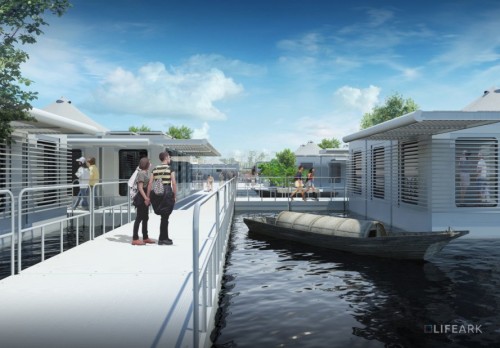
Life-saving LifeArk snaps together like LEGO to provide emergency off-grid housing
Renewable Energy & Energy Efficiency | UNITED STATES | 29 Aug, 2017
Published by : Eco Media Asia
Architect Charles Wee didn’t have grand plans to save the world—but that’s exactly what his incredible LifeArk could do. Designed for disaster relief, LifeArk is a prefabricated, modular building system for quickly deployable and affordable housing that can operate 100% off the grid. These self-sustainable life-saving homes, which can be scaled up into communities, can pop up virtually anywhere to float on water or be anchored on land. Thanks to its innovative HDPE materials and production methods, LifeArk clicks together like LEGOs in just a few hours and slashes the total design and construction time for prefabricated architecture in half. LifeArk was recently honored as a 2017 BFI Fuller Challenge Semifinalist.
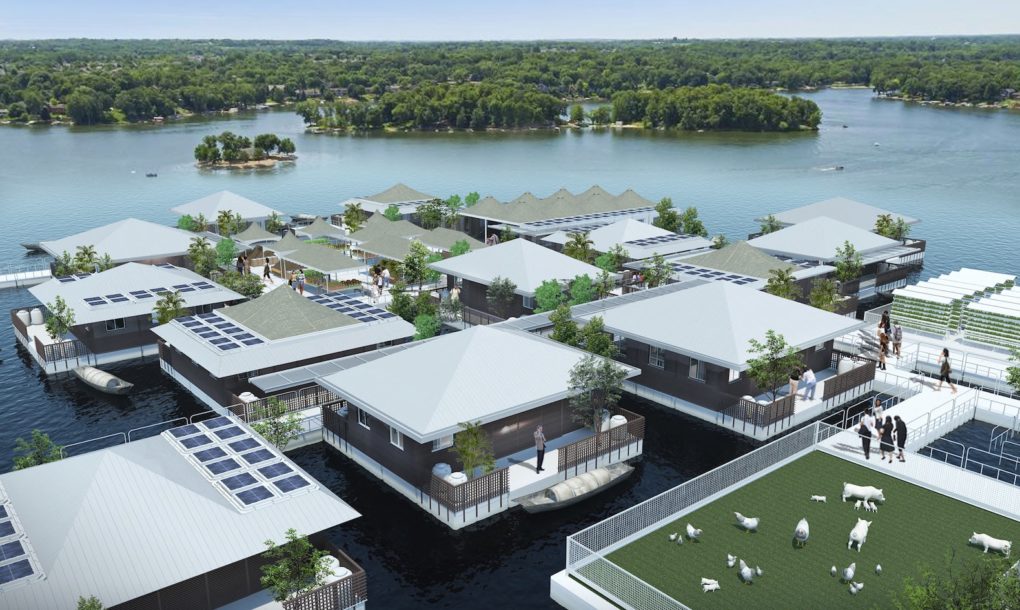
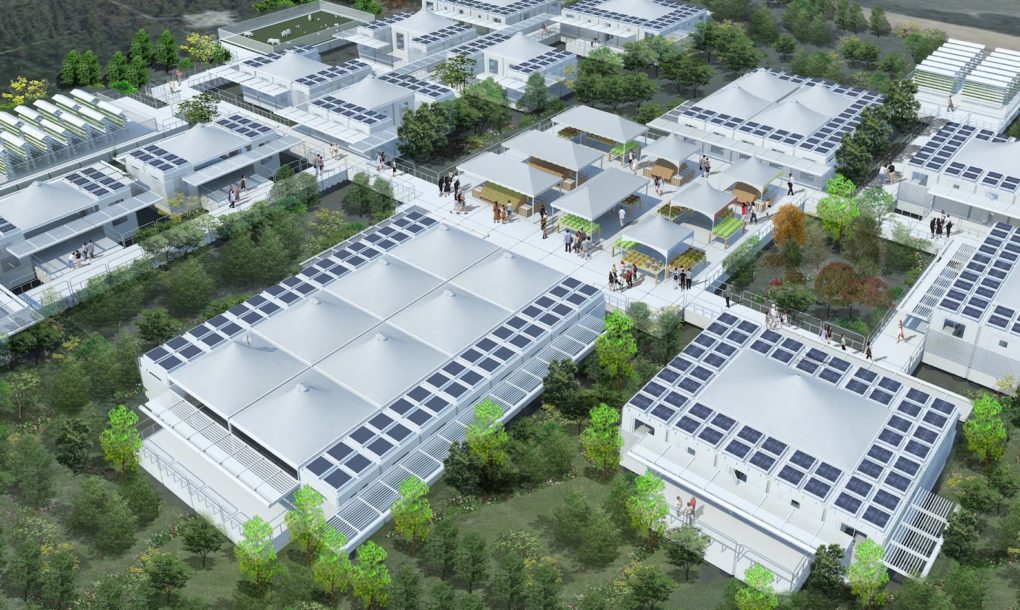
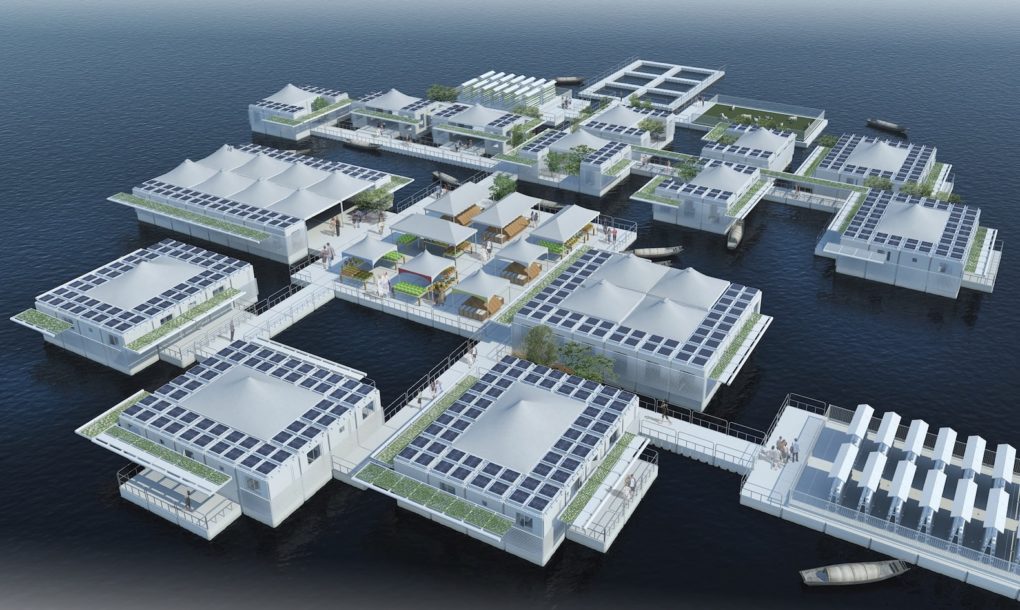
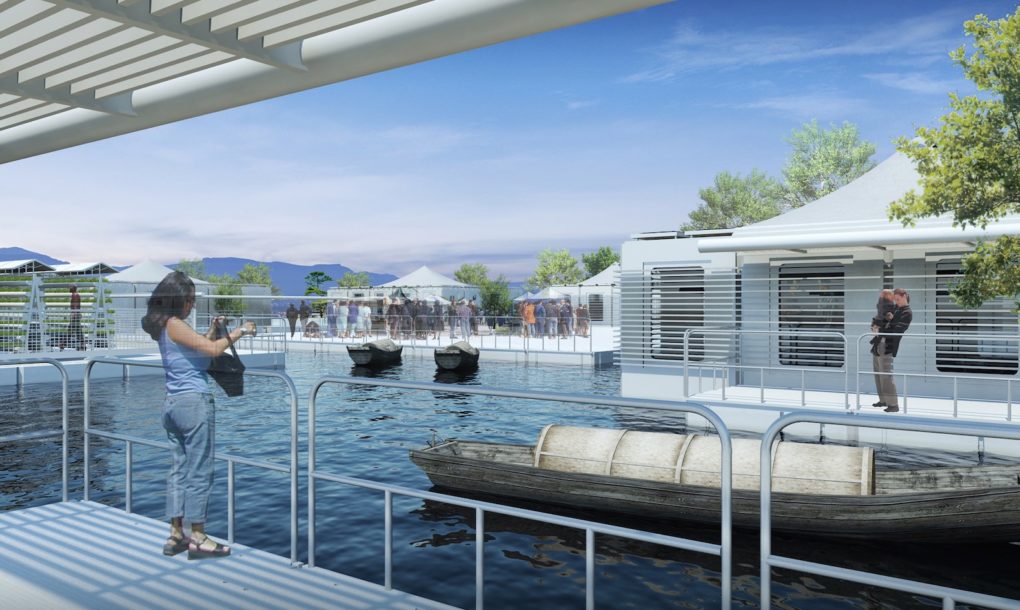
Charles Wee’s architectural career spans a start at AECOM to the founding of international firm GDS Architects. In recent years, however, he began thinking about changing his focus in architecture. “I was sick of conventional architecture,” Wee told Inhabitat in an interview. “Then I had a conversation with a family member that became a light bulb moment. Twelve years ago, my cousin moved to Santa Rosa Island in a part of the Amazon River near the borders of Brazil and Peru to work as a missionary. It’s an area of extreme poverty. I didn’t know much about his work until 2013, when my cousin came out to California and we talked about the way the community lives.”
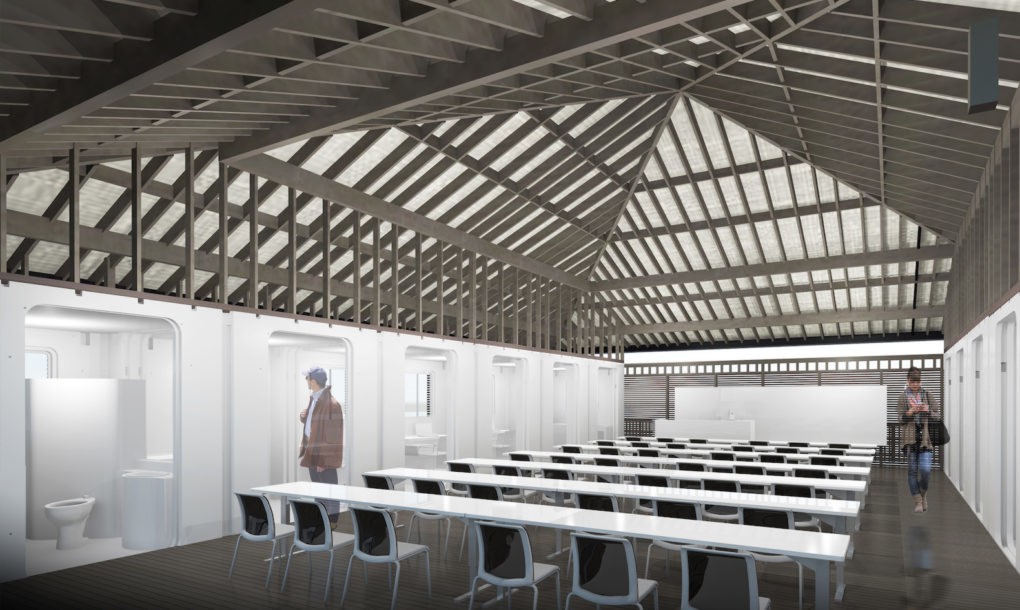
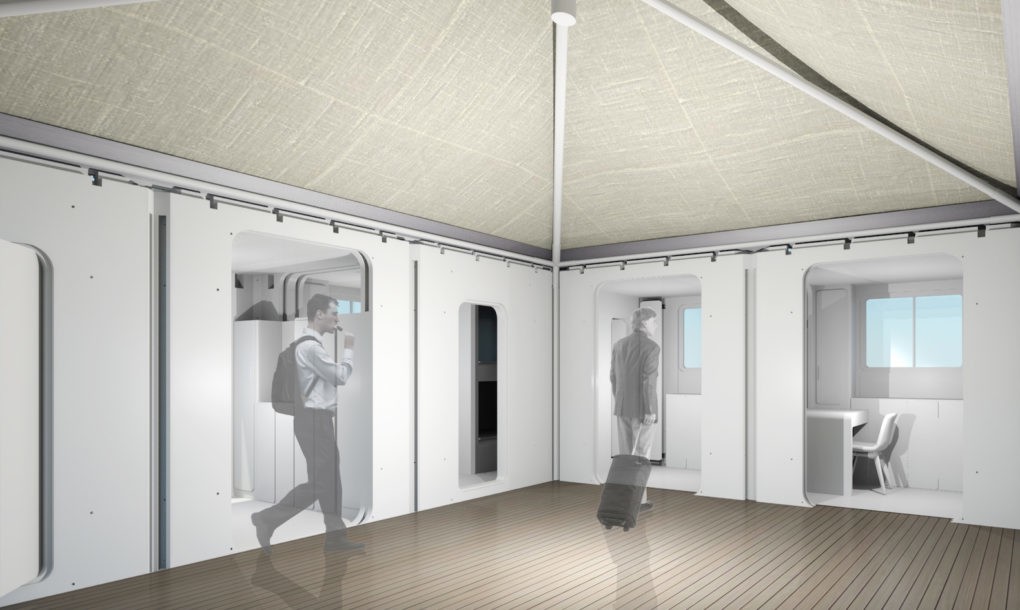
“Their entire existence revolves around fighting flooding. It can flood up to 8 meters high—that’s like 3 stories tall. For 8 months out of the year they must live above water in stilt houses but most of the time the water will come way above that. I saw that in person and understood it as a design and engineering problem. I began to think of floating architecture and buoyant solutions—trying to solve this problem is really what started LifeArk.”
His meeting and visit with the people of Santa Rosa opened the doors for Wee to see the worldwide need for floating prefabricated housing. “I couldn’t believe the number,” he said. “There are hundreds of millions of people along floodplains around the world who live under threat.” Wee then assembled a team of experts and engineers to create a sustainable modular solution that could be mass-produced, easily deployable, and assembled. Their solution became LifeArk.
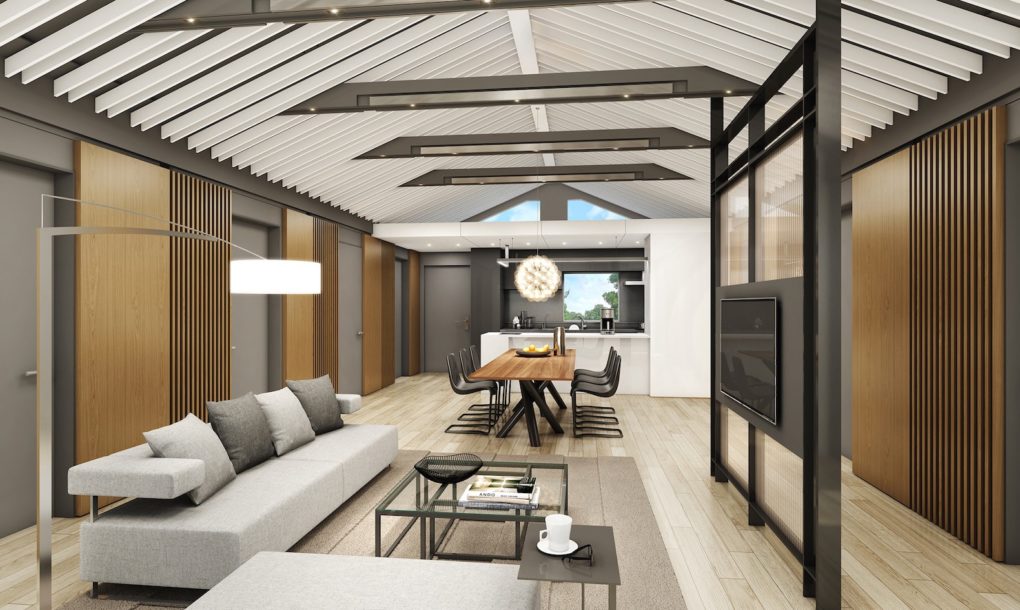
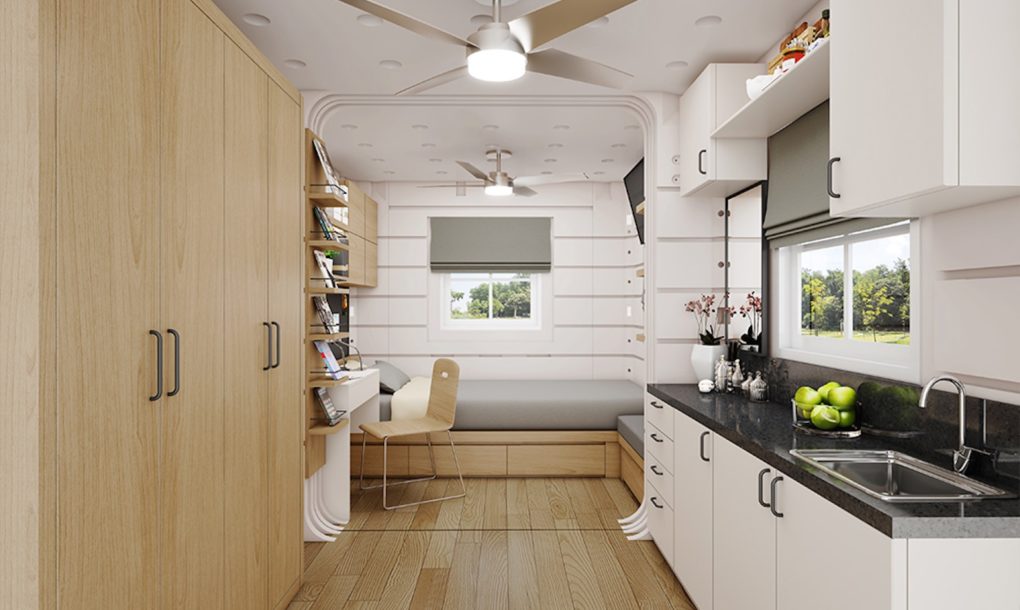
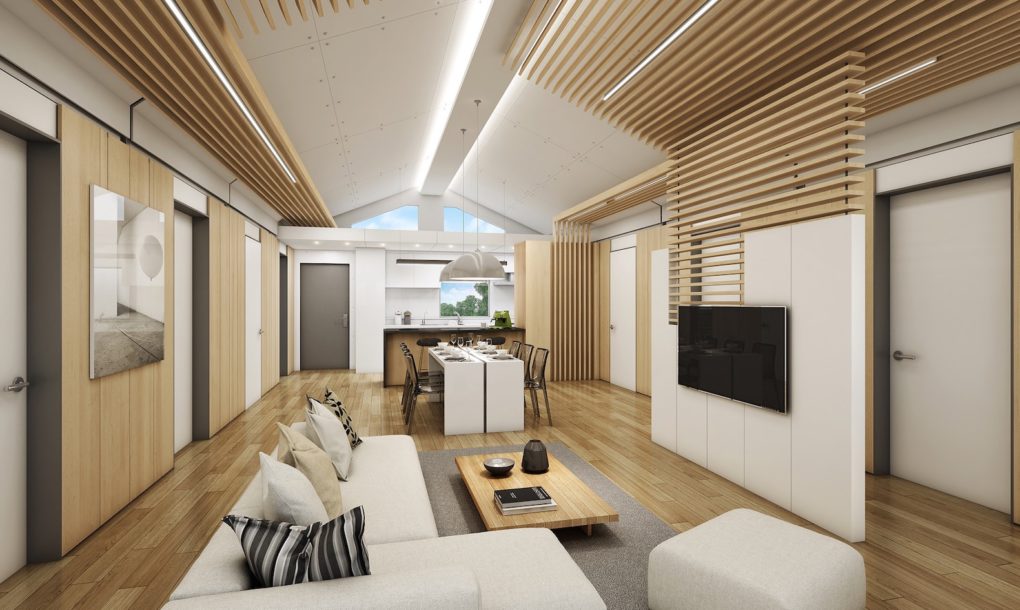
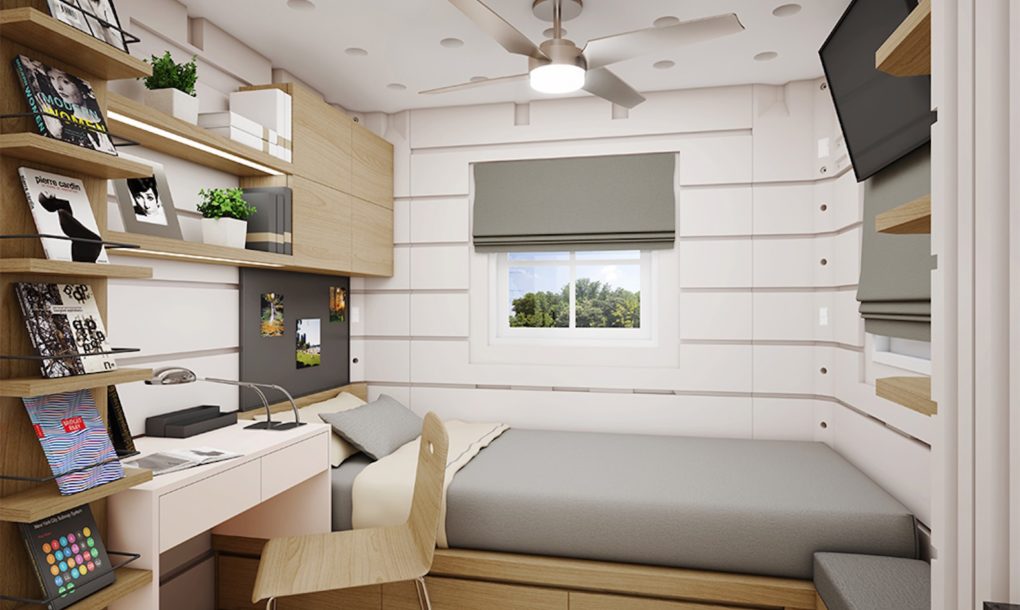
The LifeArk components are prefabricated using rotational molding technology; their California factory is expected to stamp out 10 modules a day with around 20 components each. The 60-square-meter modules would then be sent to a second factory to be fitted with the fixed features, such as a kitchenette and off-grid elements like solar panels, before the components are packed into a shipping container for transit. Once onsite, each module can be quickly assembled using unskilled labor and standard tools in as little as 2 hours. Approximately 20 to 24 modules would be needed to construct a house, and the modular buildings can be scaled up and infinitely configured to form a community.
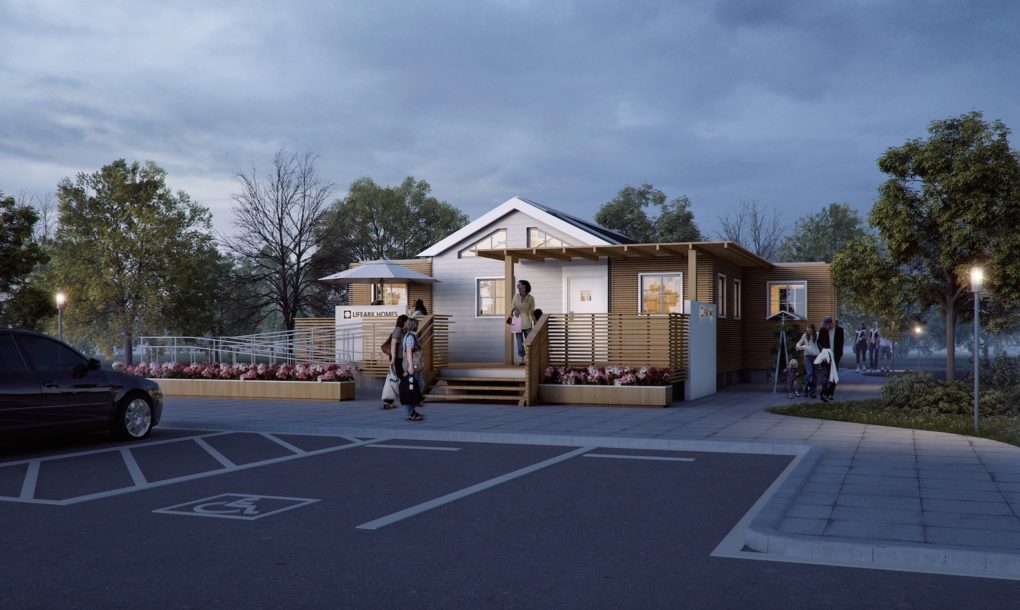
“They’re like LEGOs,” explained Wee. “You just ‘click, click, click’ and you can bolt the parts together. They all fit together in a shipping container and can be transported to site. While manufacturing is being done we would prep the site, and then it’ll be say to bolt the module on top. All the machinery will be inside already so the only skilled labor needed on site is connections to sewers. But there’s also the option for 100% off-grid capability.”
After four years of research and development, the LifeArk team is about ready to deploy their first prototype in March 2018. Three or four buildings will be prefabricated in California and installed on a lake near Dallas, Texas, along with an attached hydroponics farm. Wee also plans to sell LifeArk buildings to cities and organizations looking for affordable homeless housing. Profits will fund the construction and deployment of LifeArk buildings across the world for refugee housing, disaster relief, and other humanitarian purposes. LifeArk was selected as one of 17 proposals to advance in the semifinals for the 2017 Buckminster Fuller Challenge, an annual honor known as “socially responsible design’s highest award.”
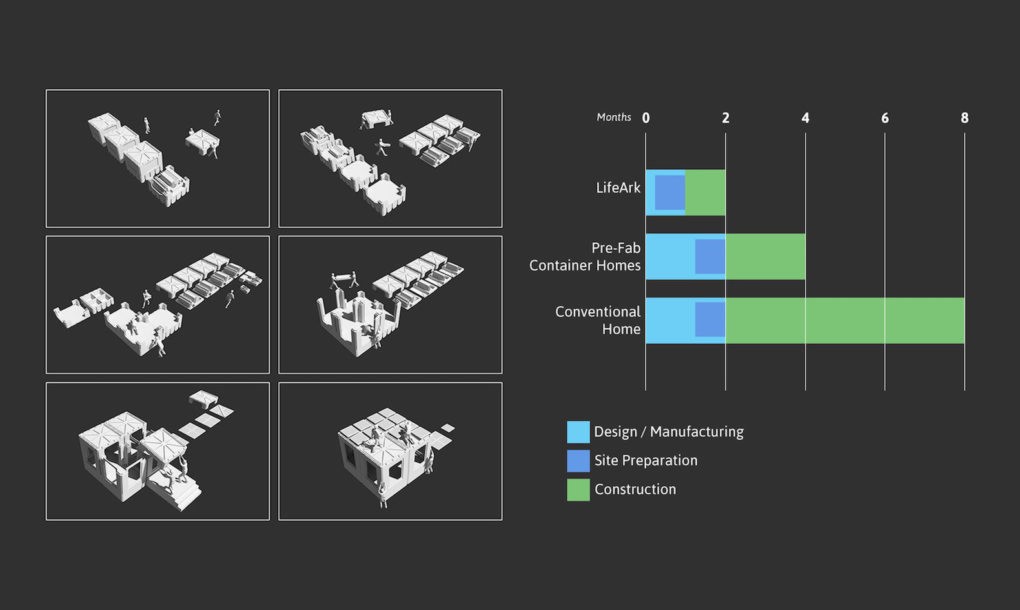
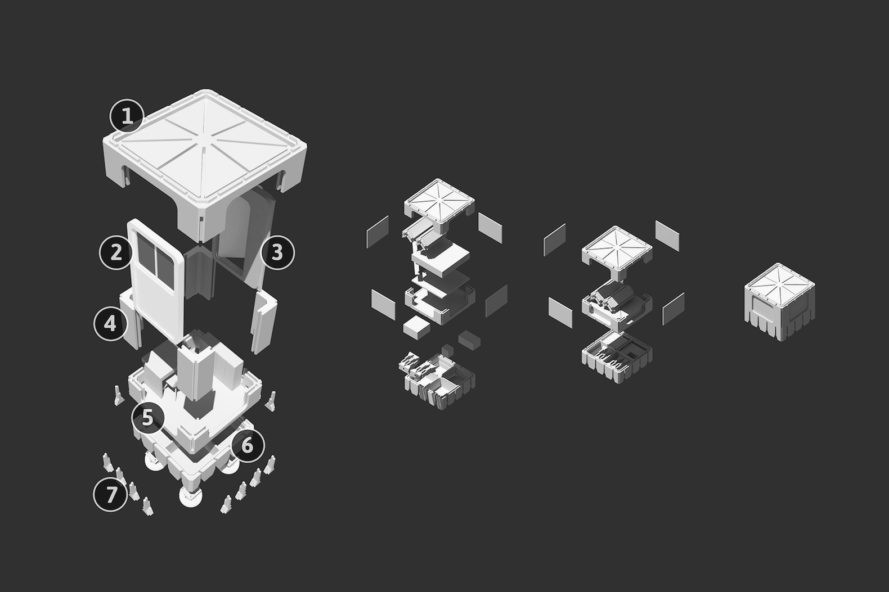
Article from inhabitat.com
by Lucy Wang
